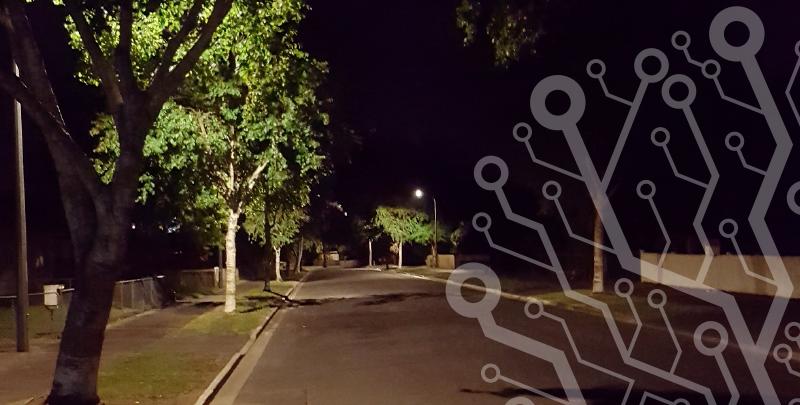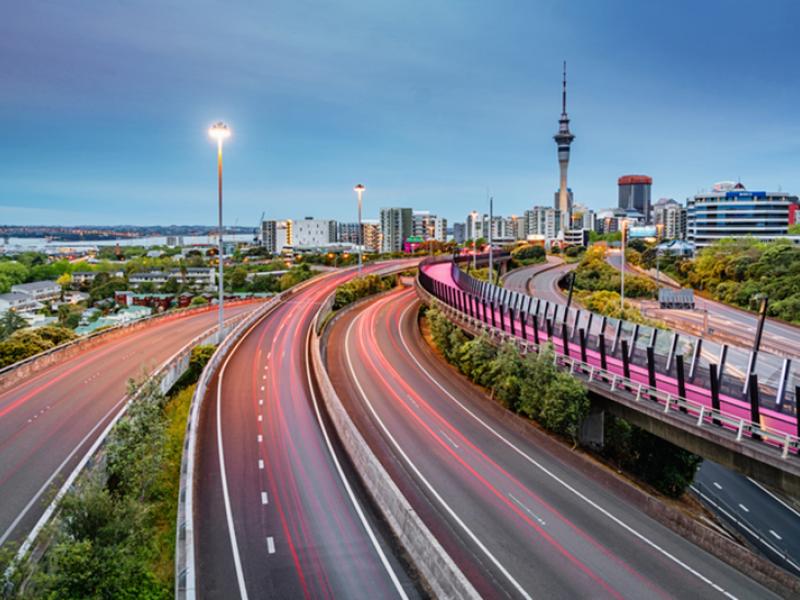Hamilton and Waikato drivers and residents are the first in New Zealand to experience unique warmer streetlights that reduce spillover glare into houses, are less harsh on the eyes and more energy efficient. Over 15,000 new street luminaires have been custom-made by Philips for Hamilton and the Waikato’s conditions, with half already in place and the rest being installed by the end of the year.
While numerous districts throughout New Zealand have replaced older HID lights with LEDs, Hamilton and Waikato are the first to specify a 3000 Kelvin luminaire which provides an atmospheric form of ‘warm white’ lighting. This is a less harsh and more welcoming light compared to the more common 4000 Kelvin LEDs which produce a cooler blue-white light similar to daylight.
As a fast-growing city, many of Hamilton’s major arterial roads lie in residential areas with high housing density. The lighting must both provide safety for drivers while not spilling over into people’s homes. In addition, New Zealand street light poles are often more spaced out than those in other countries so light has to reach between poles but not outwards or upwards towards homes.
The NZD7.2 million project, funded by the NZ Transport Agency with contributions from Waikato District and Hamilton City Councils, covers all roads throughout the council areas and is scheduled for completion in December. It is being managed by the Infrastructure and Waikato Alliances, a strategic partnership between the councils and Downer, with Cory’s supplying 16,000 Philips ‘Road Grace’ luminaires. Over 9,300 existing lights will be upgraded on the two council’s P category residential roads and 5700 along higher volume V category roads.
The new LEDs fit into existing street light poles and infrastructure, are more energy efficient and require less maintenance, with Hamilton expecting to save NZD250,000 in reduced power and maintenance costs in the first year, and almost NZD550,000 in 2019/20.
Shaun Peterson, Operations Manager for Infrastructure Alliance, said Philips has developed a highly innovative luminaire which offered the best lighting spread for [our] increasingly high-density city where even the busier V category roads have significant street front housing.
For this project Philips also developed a new form of streamlined, 100 percent recyclable cardboard packaging to ship the 16,000 units, which will save the Councils an estimated NZD40,000 in disposal fees.
Several technical enhancements were introduced to manage light pollution. The luminaire’s output can be adjusted manually on individual poles without an expensive Control Management System. A narrow band amber light is being developed for light sensitive zones like the Hamilton Observatory, which was once outside the city’s limits but is now much closer to lit residential areas.
Philips is currently designing customised walkway lighting which minimises light spill into neighbouring houses from adjacent poles.






